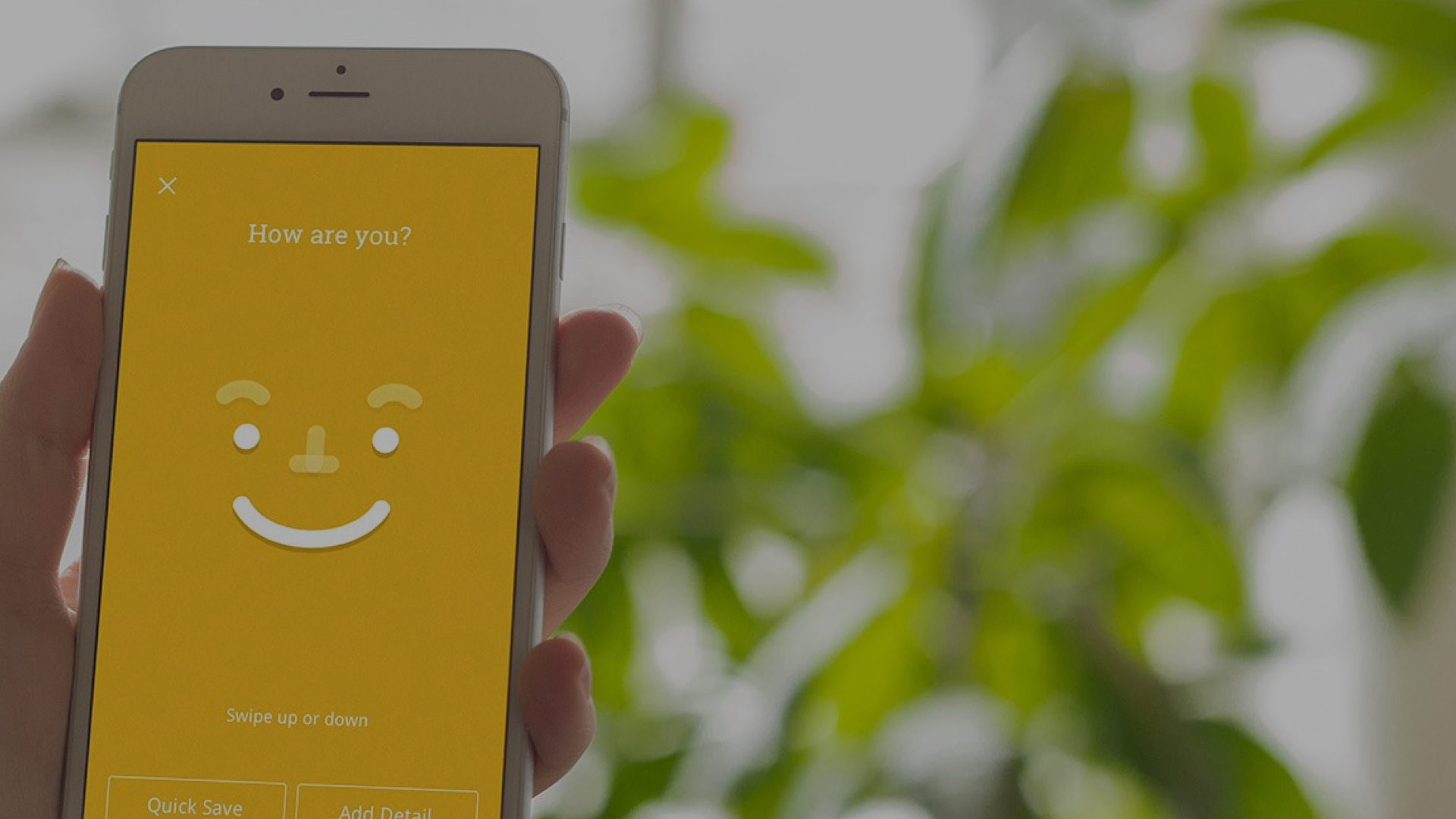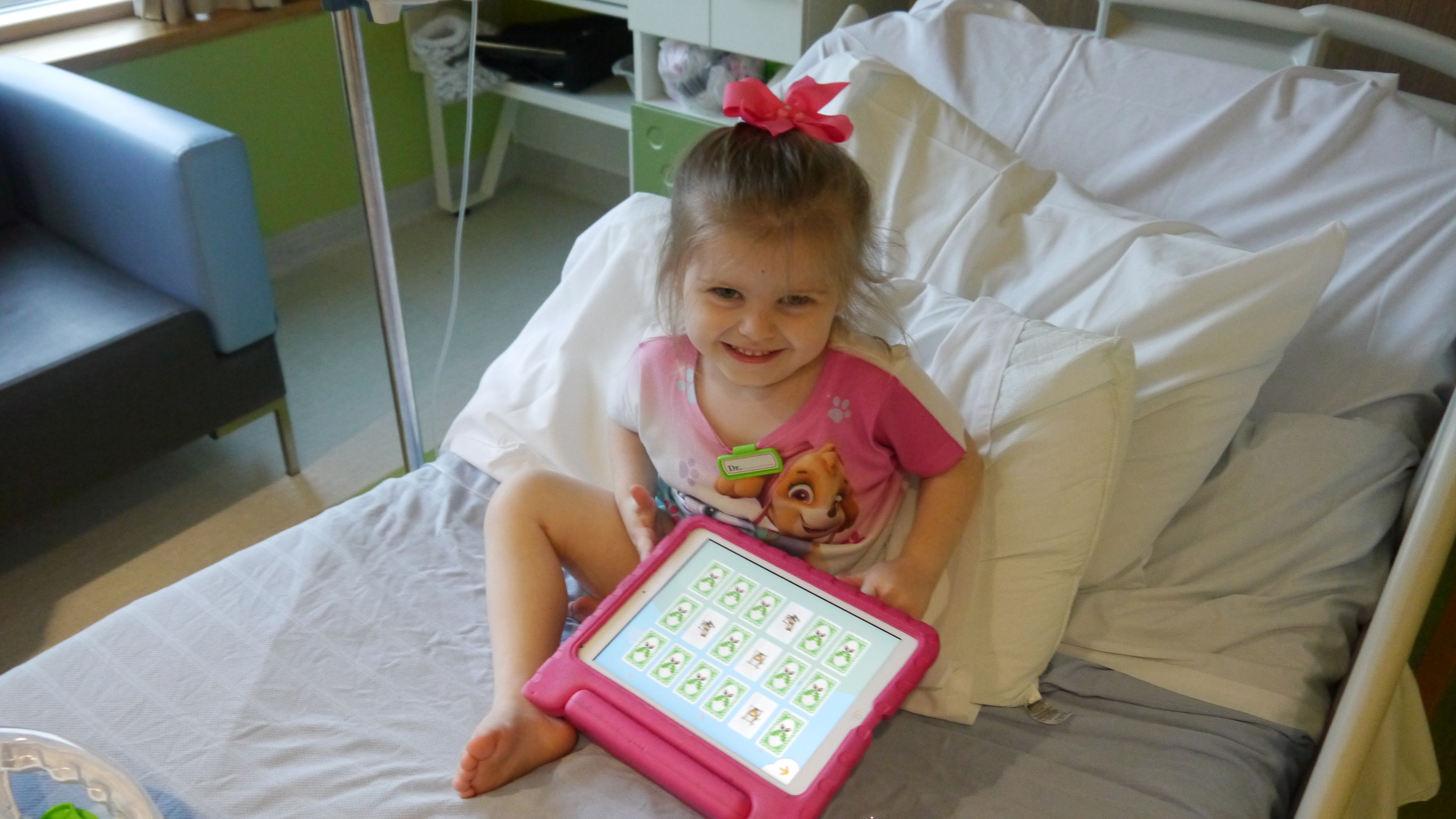Cameron Day, Commercial Director at ustwo London, travelled to the Cannes Lions Festival of Creativity recently to present at Cannes Health and share ustwo’s experience and insights in the healthcare space.
The talk focused on how to design and develop relevant healthcare solutions with patient’s needs at the core, and the challenges of reconciling some of the fast, iterative traditions of digital with the careful, painstaking methods in health.
THREE THINGS TO REMEMBER WHEN WORKING IN THE HEALTHCARE INDUSTRY
1. Clinicians don’t want digital. They want to spend more time with their patients
There’s been a lot of hype over the last four years around the level of investment in digital systems in the healthcare space. There will be $43 billion invested in 2018, and while there is already a lot of great work happening, there is a real tension between the world of investment and the world that clinicians have to deal with on the front line.
It’s an interesting challenge. All clinicians want is to spend more time with their patients; they’re not sitting there waiting for people to make their lives easier or integrate new technologies. Approaching it from this mindset will get you much further when you do begin to develop digital products.
2. There is tension between product design processes and the structures and time scales of the clinical world
There’s a famous book by Jonathan Taplin called “Move Fast and Break Things,” which outlines how companies like Facebook and Google grew rapidly by taking risks.
In contrast, the healthcare industry doesn’t allow you to take risks. Everything you do has to be carefully considered, particularly around the way you need to work and the processes you use. Trust is vital in developing long-term relationships which will deliver results for all.
3. Fundamentally you are always integrating into something bigger and more important
Our experience is that the current systems are very good for primary care and treatment, but they are less effective at understanding the broader context of the patient journey - and that’s something to be mindful of when working with companies in this space.
There is no point in designing products in isolation of the broader clinical context, as they won't be successful. As designers, we have to think about how they integrate into broader services at every stage. Service design thinking is essential.
A good example is a product we developed for UK Children’s Hospital Alder Hey. It wasn’t just about creating an amazing product that worked for children and their parents, as well as the doctors and nurses who treat them, but also working with play specialists, child psychologists, social workers and various different stakeholders at different points in the journey to make sure they were all integrated into the overall experience.

THREE THINGS WE LEARNED ALONG THE WAY
1. You can never spend enough time with the people who are ultimately going to be using your product
We can watch presentations, and we can listen to middle management talking about what they think patients or doctors might need to make their lives better, but fundamentally it’s about spending time with real users. The people who are undergoing the treatments, who are on the wards, who are suffering from different conditions – that’s where you learn an incredible amount of texture and richness about how the product and the experience are going to take shape.
2. The problems are never what you anticipate
The problems you encounter when you start to test your work with actual users may be completely different to any you could have predicted.
For example, Fresenius Medical Care is a large global healthcare brand. We have developed a number of different tools for them, most of which run on handheld devices. We learned quite quickly that doctor’s lab coat pockets couldn’t hold the different iPads and devices we gave them, so one of the reasons why the tech wasn’t being adopted had nothing to do with the richness of the experience, but all about how portable the tech and the hardware was.
There was also a big challenge around the data view. We were working around providing doctors with a six-month view of patient data, but through trials, we learnt that six months was too much. A three-week window gave them enough information to recognise different types of treatment.
With our product, Moodnotes, we spent a lot of time developing a series of features and thinking through the overall digital experience of using the tool. But after launch, we saw an increase in people printing out logs of the moods they recorded and taking them to see their counsellor or whoever might be helping manage their condition.
We have also learned to work with behaviour that’s already taking place. Alder Hey had a “sticker” reward scheme for children in place for years – we developed a digital game along the same theme that worked with the same behaviours and rewards.
3. The stakes are higher
A lot of talk in the healthcare space starts with fireworks and big bang innovation, but we have seen some examples of that not working. Clients can struggle when they start with an innovation that is separate from their core business and then try to integrate it back in.

LOOKING TO THE FUTURE
A lot of the work in the healthcare space is moving towards platform development so that the innovation can be integrated into the broader business. There is some interesting data in the Wall Street Journal showing that digital platforms are one of the significant healthcare investment trends for 2018/19.
Currently healthcare places emphasis on treating existing conditions, but there is a massive opportunity in the prevention space, with many exciting start-ups innovating in this area.
NEUROTRACK helps to identify early changes around memory lapses, and so far has demonstrated impressive results in detecting early onset Alzheimer’s, which could help people and healthcare providers tackle the disease early on.
SKINVISION helps detect the early signs of skin cancer by allowing users to upload images and have them assessed for any potential danger. If there’s a risk, the image is immediately sent through to someone who gives you a call and advises you what to do. Already 3.5 million images have been uploaded.
The whole idea of self-testing and people taking control of their healthcare is a developing area. People increasingly want to understand what’s going on and manage their conditions.
Ultimately, there is one key thing to remember - designing digital health products is more laborious than for any other sector, and it should be because the stakes are higher. But so are the potential outcomes.
